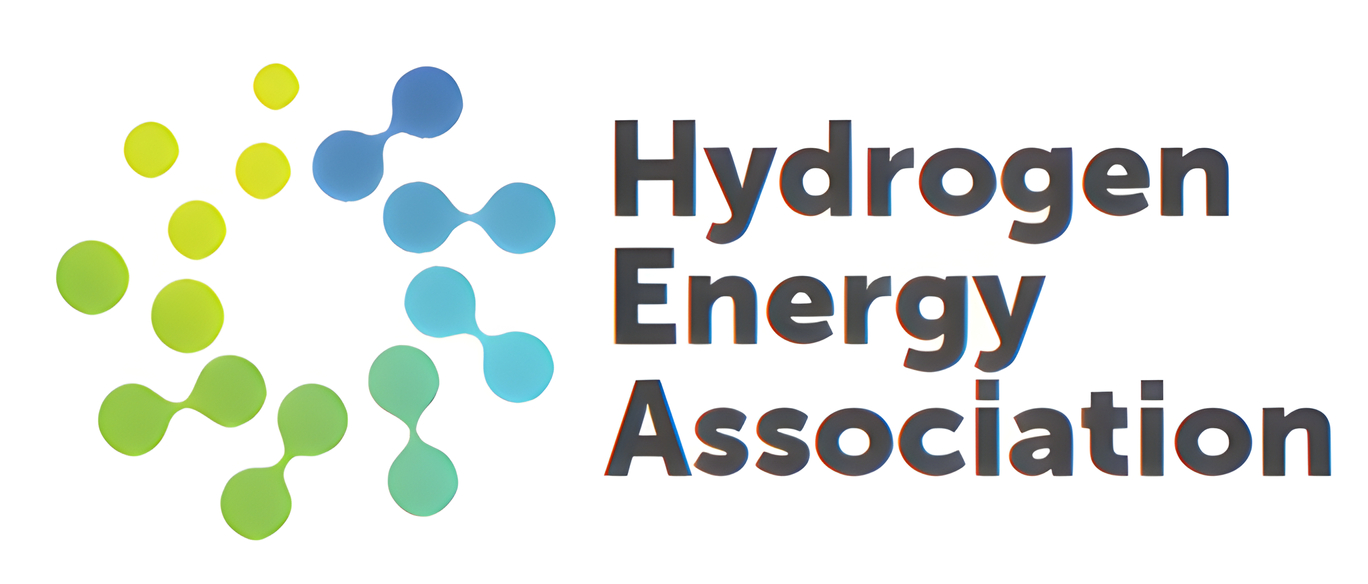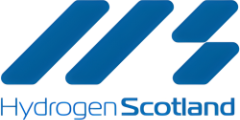Selecting Pressure Regulators for Qatar’s Harsh Climate: Key Considerations
15 September 2025 Qatar’s industrial operations — from oil and gas to petrochemicals, utilities, and industrial gases — are set against one of the most demanding climates in the world. With summer temperatures regularly exceeding 45°C, high humidity along the coast, and frequent dust and sandstorms, equipment selection becomes a critical factor in ensuring safe, reliable, and efficient operation. Pressure regulators, as vital components in process control, must be carefully specified to perform in these extreme conditions.
* Extreme heat: Elevated temperatures accelerate seal degradation, influence spring rates, and can cause set-point drift.
* High humidity and salt-laden air: Corrosion risk is heightened, particularly for fasteners, wetted components, and external housings.
* Dust and sand ingress: Fine particles can damage internal seats, clog orifices, and erode surfaces, reducing accuracy and lifespan.
* Rapid thermal cycling: Sharp changes in temperature between day and night place stress on elastomers, gaskets, and metals. Nighttime temperatures can drop by 15—20°C within a few hours.
Key factors when sourcing a pressure regulator for harsh climates:
1. Material selection: Opt for corrosion-resistant alloys such as 316/316L stainless steel, Super Duplex, Monel®, Hastelloy®, or Inconel® where chloride-rich or sour conditions exist.
Ensure surface finishes (passivation, electropolishing or SilcoNert® coating) enhance corrosion resistance.
2. Seal and seat materials: Choose elastomers and polymers rated for both high ambient temperatures and the process media (e.g., PTFE, PEEK, FFKM). Consider long-term resilience of elastomeric and thermoplastic materials against hardening, swelling, or cracking.
3. Filtration and cleanliness: Protect sensitive internals with sintered filter elements or upstream filtration skids.
Account for sand and dust storms, which can quickly contaminate unprotected systems.
4. Thermal stability in design: Look for regulators with body mass and seat loading designs that minimise drift at elevated temperatures.
Consider reflective sunshields, enclosures, or insulation for field installations.
5. Corrosion protection for assemblies: Ensure fasteners, brackets, and ancillary hardware are compatible to avoid galvanic corrosion. Verify compliance with relevant standards, such as NACE MR0175/ISO 15156 for sour service.
6. Testing and qualification: Select equipment that has undergone thermal endurance testing, particulate contamination assessments, and corrosion resistance checks.
Where applicable, request documentation and material traceability.
7. Lifecycle support and maintenance: Accessible components, modular spares, with clear service intervals can significantly reduce downtime.
Consider stocking strategies for critical regulators and service kits to cope with demand during peak operating seasons. In extreme environments such as Qatar’s, the correct choice of pressure regulator is about more than controlling pressure — it’s about ensuring safety, uptime, and long-term reliability. By considering material selection, sealing strategies, protection against contamination, and design resilience to rapid thermal cycling, operators can extend service life and minimise costly downtime.
Ultimately, successful performance in Qatar’s harsh conditions depends on sourcing regulators engineered for extremes and backed by knowledgeable local support.
Pressure Tech has recently partnered with Petro-Q in Qatar, to deliver end-to-end pressure control solutions that withstand the country’s harsh climate. Together, we combine advanced engineering with local service, to ensure consistent uptime across energy, petrochemical, industrial gas, and infrastructure applications.< Back to Knowledge Hub |
|
© 2025 Pressure Tech Ltd :
Registered Office: Unit 24 Graphite Way, Hadfield, Glossop, Derbyshire, SK13 1QH. Registered Number: 4088229 England. VAT Number: GB 776 740 883 | ||
|
Telephone:
Email: |



|
|




